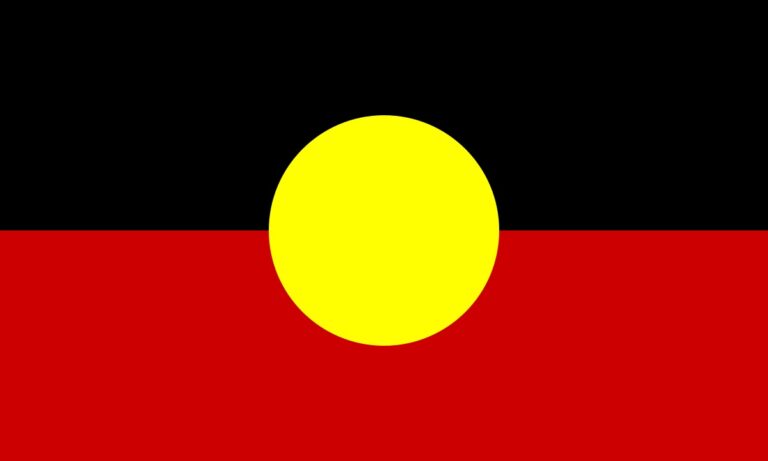Researcher
Foundation for Alcohol Research and Education
Summary
As part of the 2003 New South Wales (NSW) election campaign, the then Premier the Hon Bob Carr announced that if re-elected his Government would hold a summit on alcohol. Following the Labor party’s re-election, the NSW Parliament agreed to hold the Summit on Alcohol Abuse (the Summit). The Summit was held at NSW Parliament House between 26 and 29 August 2003 and was attended by more 300 stakeholders including parliamentarians, public servants, health professionals, community representatives and alcohol industry representatives. A consultation process was also held in the lead up to the Summit and received over 300 submissions.
The NSW Government’s response to the Summit came in May 2004 in the report Outcomes of the NSW Summit on Alcohol Abuse 2003: Changing the culture of alcohol use in NSW (Outcomes Report). The Outcomes Report specified the Government’s long-term goal of changing the way the community uses and thinks about alcohol – to achieve a downward trend in irresponsible drinking behaviour, alcohol related incidents of violence, injury and disease, and an upward trend in research activities and accessibility of treatment and other programs.
While the Summit was heralded as a success by the then NSW Government, the effectiveness of the Summit outcomes in reducing alcohol-related harms have not been examined. Ten years on from the Summit, this study examines the contribution of the Summit in preventing alcohol-related harms in NSW.
Outcomes
To assess the impact of the Summit in preventing alcohol-related harms, the recommendations arising from the Summit were analysed to determine the strength of the evidence supporting them and the progress made against each one. Alcohol-related harms data in NSW were also analysed to determine whether there had been any changes in trends.
Of the Summit’s 318 recommendations, 195 related to primary and secondary prevention and 107 of these recommendations specified at least one prevention activity. These recommendations were included as part of this analysis. Of the 107 recommendations that specified at least one prevention activity, the areas with little or no evidence to support their effectiveness in reducing alcohol-related harms (e.g. awareness raising) had the greatest number of recommendations, while areas with substantial evidence to prove their effectiveness (e.g. pricing) had the least number of recommendations.
The largest number of the 107 recommendations relating to at least one prevention activity focused on awareness raising (26) and liquor accords (15). The areas with the least number of recommendations were price (1), promotion and marketing (3), drink driving countermeasures (3) and availability (4).
Each of the recommendations was then assessed to determine progress made against them. The analysis found that in total 19 recommendations were completed, 53 had some action taken and 35 had no progress made against them. As with the analysis of the effectiveness of the evidence supporting each of the policy areas, activities were most likely to have been undertaken in areas with little or no evidence-base for effectiveness for reducing alcohol-related harms, when compared to areas with greater evidence for effectiveness. For example awareness raising (18), liquor accords (11) and RSA (8) were the policy areas where the most action was taken, while promotion and marketing (nil), brief intervention (2), availability (3) and price (1) had the least action taken.
Alcohol-related harms data for the ten year period preceding the most recent available data was also analysed to gain an indication of the trends in alcohol-related harms in NSW. Eight indicators of alcohol-related harms were examined including:
- alcohol-attributable hospitalisations and deaths;
- treatment episodes where alcohol was the principal drug of concern;
- alcohol-related domestic assaults, non-domestic assaults, assaults on police and all assaults; and
- alcohol-related road accidents.
The analysis found that there was an increase in levels of harm for five of the eight indicators, including a 37 per cent increase in alcohol-attributable hospitalisations (2001-02 to 2010-11), a 37 per cent increase in alcohol-related domestic assault (2002-03 to 2011-12), a 16 per cent increase in all alcohol-related assaults (2002-03 to 2011-12), a ten per cent increase in alcohol treatment episodes (2001-02-2010-11) and a nine per cent increase in non-domestic assaults (2002-03 to 2011-12). There were declines for three of the eight indicators, including an eight per cent decrease in alcohol-attributable deaths (1998-2007), a 34 per cent decrease in alcohol-related assaults on police (2002-03 to 2011-12), and a 34 per cent decrease in alcohol-related road accidents (2001-2010).
Conclusion and recommendations
This study demonstrates that the recommendations arising from the Summit and actions following the Summit have had little impact in achieving the long-term goal from the Summit of “a downward trend in irresponsible drinking behaviour, alcohol related incidents of violence, injury and disease”. This is evidenced by the significant and concerning increases in alcohol-attributable hospitalisations, all reported assaults, and treatment episodes where alcohol is the principal drug of concern.
While the Summit provided a valuable opportunity for people to come together to discuss alcohol interventions and policy, it failed to contribute to an overall decline in alcohol-related harms in NSW. The study concludes that the three primary reasons for this are that:
- Many of the recommendations arising from the Summit were not evidence-based.
- The Government’s response to the Summit’s recommendations was not well resourced, actions were not prioritised, and there was no ongoing political leadership in progressing the Summit’s outcomes.
- The alcohol industry was significantly involved in the Summit proceedings, which is reflected in the rhetoric included in many of the recommendations and the Government’s Outcomes Report.
The NSW Government must ensure that future alcohol policy is evidence-based in order to prevent further increases in harms. However to introduce evidence-based policy, the Government must first acknowledge the need to address the supply of alcohol. This will require the Government to ‘reframe’ the alcohol policy debate in NSW from one with a focus on the problem of a few, to one that focuses on the need for population-based interventions. It also requires the Government to place a greater emphasis on consultation with public health experts and the community, ahead of the alcohol industry.






